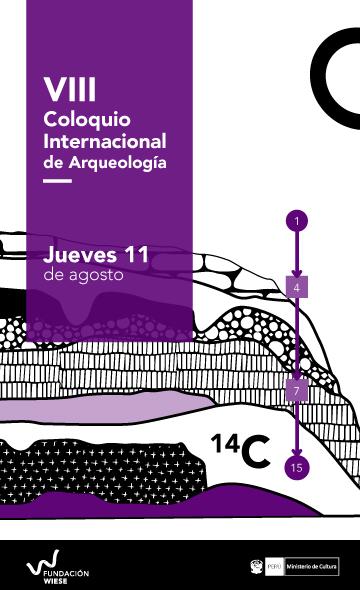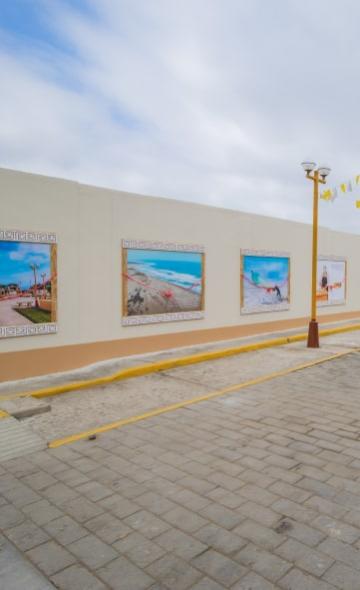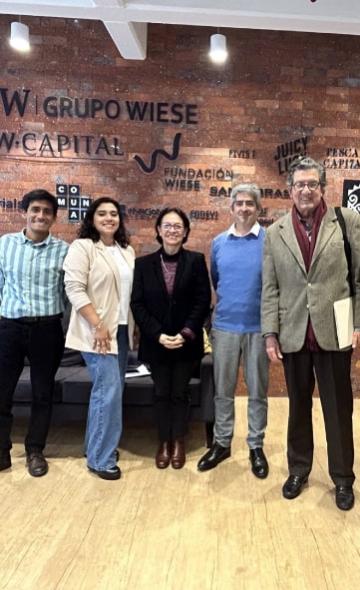- Visitors
- Researchers
- Students
- Community
- Information for the tourist
- Hours and fees
- How to get?
- Virtual tours
- Classic route
- Mystical route
- Specialized route
- Site museum
- Know the town
- Cultural Spaces
- Cao Museum
- Huaca Cao Viejo
- Huaca Prieta
- Huaca Cortada
- Ceremonial Well
- Walls
- Play at home
- Puzzle
- Trivia
- Memorize
- Crosswords
- Alphabet soup
- Crafts
- Pac-Man Moche
- Workshops and Inventory
- Micro-workshops
- Collections inventory
- News
- Community
- Important archaeological investigations for understanding the cultures of the North Coast of Peru: VIII International Archaeology Conference
News
CategoriesSelect the category you want to see:

International academic cooperation between the Wiese Foundation and Universidad Federal de Mato Grosso do Sul ...

Clothing at El Brujo: footwear ...
To receive new news.
Por: Complejo Arqueológico El Brujo
On Thursday, August 11, the second day of the eighth edition of the International Archaeology Conference took place. On this occasion, topics related to various archaeological investigations in different regions of Peru were presented, with the theme: “Chronologies of the North Coast of Peru. Recent studies and panoramas”.
Important scientists and researchers participated in the event, such as Peter Kaulicke, Doctor of Anthropology and Archaeology from the University of Bonn and principal professor at the Pontificia Universidad Católica del Perú; Daniel Contreras, Doctor of Anthropological Sciences from Stanford University and professor at the University of Florida (U.S.); and Benjamin Vining, Ph.D. in Archaeology from the University of Boston and professor at the University of Arkansas (U.S.).
The event also saw the participation of Tom Dillehay, professor of Anthropology at the University of Vanderbilt; Peiyu Chen, researcher from the Sinica Institute in Taiwan, and Michele Koons, curator of Archaeology at the Museum of Denver in the U.S.
Chronology and absolute dating of the Central Andes
The first session was moderated by Augusto Bazán, director of investigations for the Wiese Foundation, who indicated, as the basis of the discussion, the need to construct better chronological sequences. This would have a positive impact on temporal delimitations and would help to understand, more deeply and precisely, the social dynamics of the time.
Peter Kaulicke: Chronologies and Periodification. The eternal necessity of establishing local chronologies
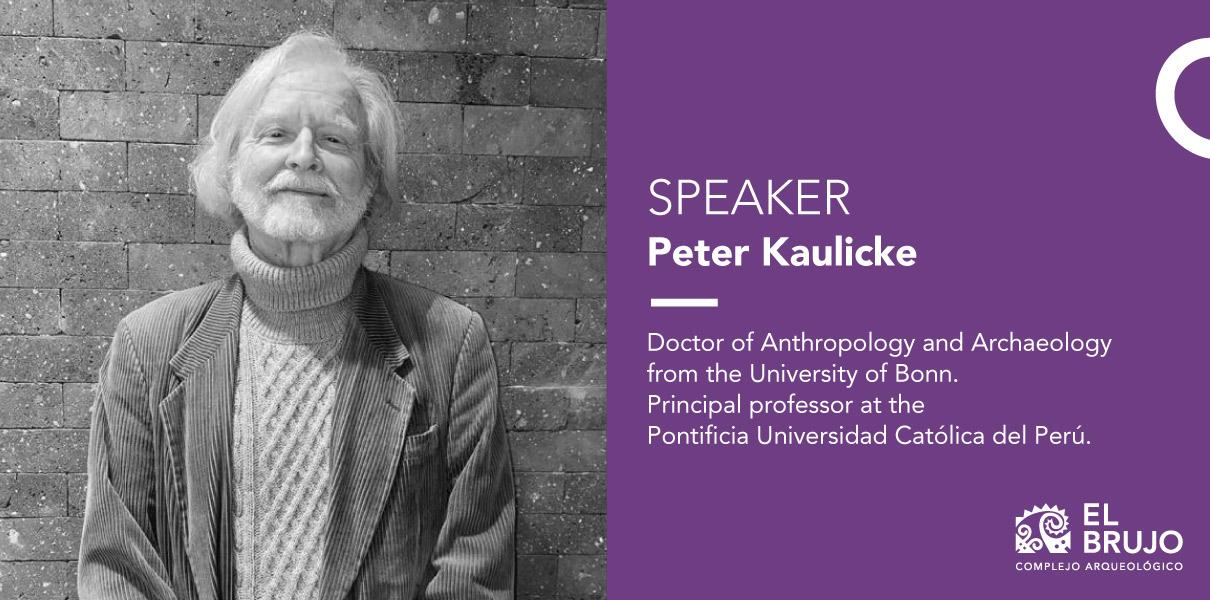
Doctor Kaulicke mentioned that carbon-14 dating has improved the mapping of temporal spaces, and in that sense, he highlighted the importance of architecture to better understand social aspects, noting that this can allow us to obtain a central perspective to understand the vision of cultures such as the Moche.
On the other hand, he indicated that while the architecture of pre-Hispanic civilizations provides statistical information, it is best to avoid falling into generalizations and simplifications from the results of each archaeological investigation that is carried out.
“We have to try to recognize and improve the more refined methodologies to define temporal changes, not interpretive or social changes, but rather something that can be defined in the field,” concluded Doctor Kaulicke.
Daniel Contreras: Carbon 14 and the Bayesian model in Andean archaeology
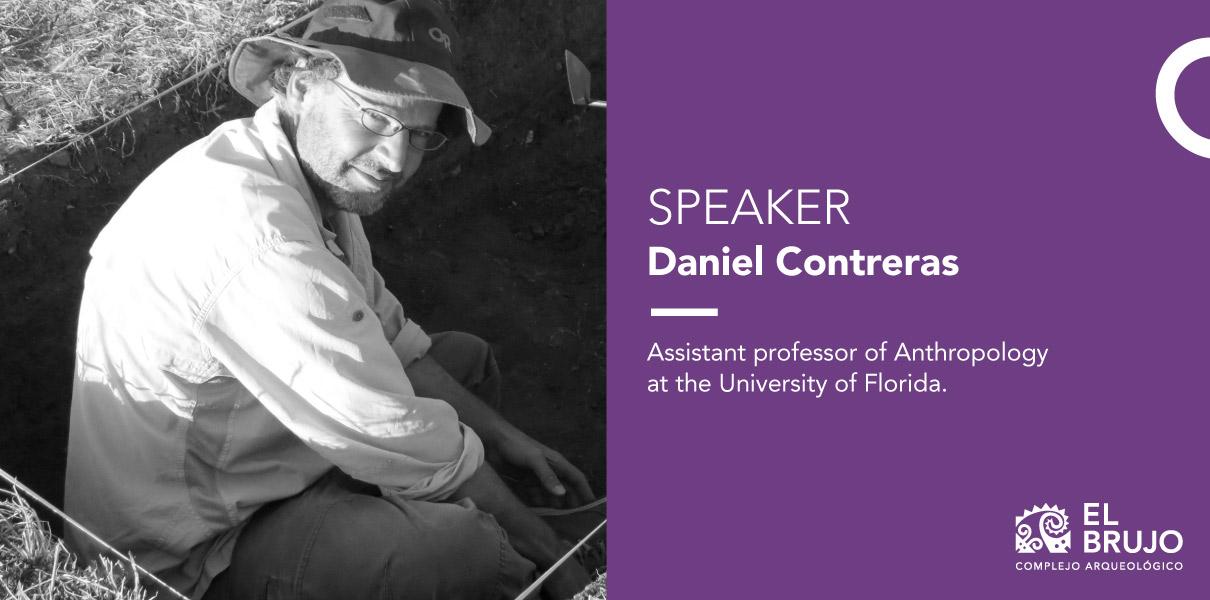
In his presentation, Doctor Contreras addressed the topic of carbon 14 and the Bayesian model in Andean archaeology, which raised various interesting questions arising from a didactic exemplification of the funerary context of the Lady of Cao.
He also mentioned the importance of choosing the most useful dates when constructing a chronological model. For this, he used the example of Huaca Cao Viejo and another. This was to understand the political distribution of Moche culture and how it developed throughout the Chicama Valley.
“Thinking about the case of Huaca Cao Viejo or El Brujo, the distinction between a huaca whose construction and use covers a period of 6 centuries and, on the other hand, the possibility of a huaca that was built, remodeled, and abandoned 2 centuries ago (200 years) seems an interesting question to me. This has deep implications for our models about the Moche political process,” emphasized Contreras.
Benjamin Vining: Paleoclimatic studies and their correlation to archaeological contexts
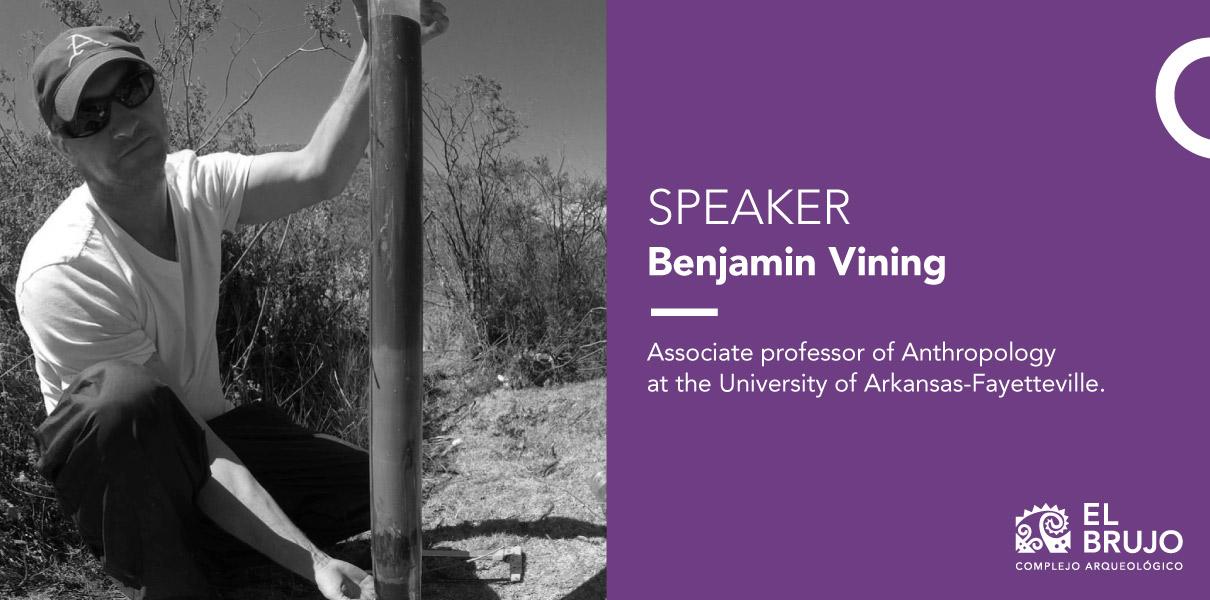
The Ph.D. in Archaeology presented on the studies that have been done in the Central Andes regarding climatic changes and their correlation to archaeological contexts. For this, he clarified that it is necessary to apply collation, correlation, and causality, since these steps are a chain of activities that lead to more exact explanations of events that happened in the past.
Presenting the example of the Southern Oscillation of El Niño (ENOS) and the indirect data that this deposits over time in marine sediments, precipitations, and ecological conditions, he stressed that none of the climatic and environmental conditions in archaeological investigations are stationary.
Evaluating local chronologies. Case studies
The second session was moderated by José Alva, Resident Archaeologist for the Wiese Foundation, who highlighted the importance of archaeological investigations that have been carried out in the Virú, Moche, Chicama, and Jequetepeque basins to establish more precise chronologies through different methods such as carbon 14.
Tom Dillehay: Lithic and Archaic in Zaña and Chicama
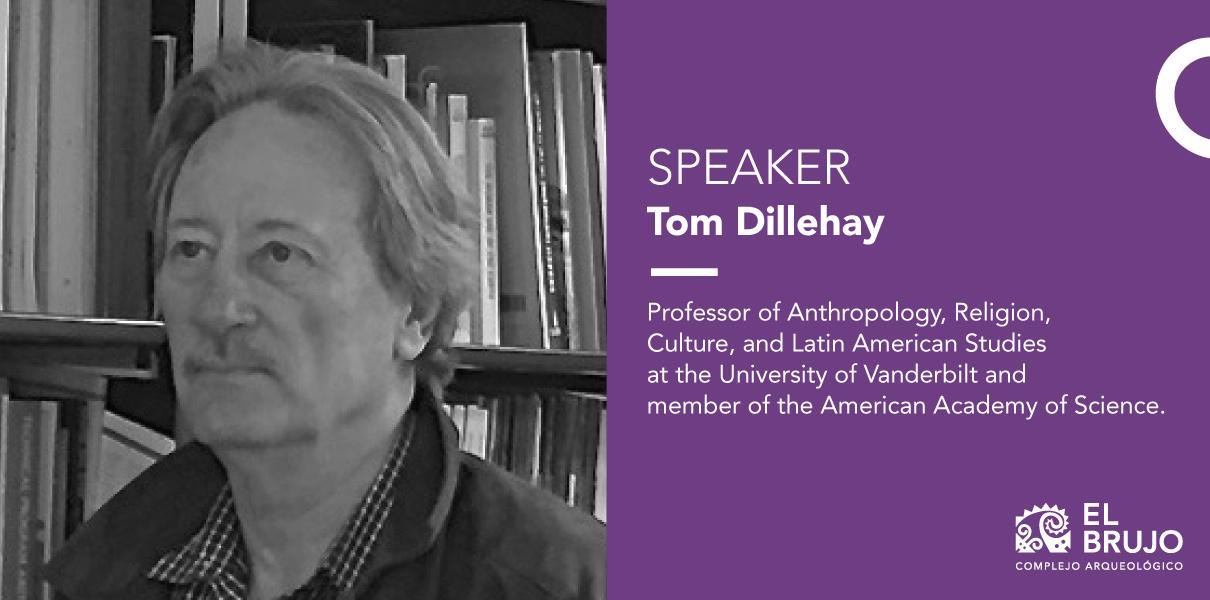
With over 30 years of research on the Peruvian North Coast, his interests have been centered on the principles of sociopolitical, demographic, and economic organization in Andean culture, regarding which he remarked that in his opinion, the Chavín culture, contrary to what many people think, was the result of a long process that started in the Pre-Ceramic Period.
With respect to this, and as a result of various investigations, he asserted that the greatest archaeological evidence of early human life comes from the Nanchoc basin in the middle valley of the Alto de Zaña, and in the area of Huaca Prieta in the Chicama Valley.
This is because of the observation of patterns of movement, and possibly, by consequence, climatic seasons, which gave way to diverse marine and vegetal resources at different times of the year: “At Huaca Prieta, we have found cotton fibers with a calibrated date of 6500 years ago, but textiles with designs begin around 5800-600 years ago. And sometimes they are designs in ochre, red, and yellow and also this pigment that is called indigo,” added the university professor.
Peiyu Chen: Archaic and Formative in Virú
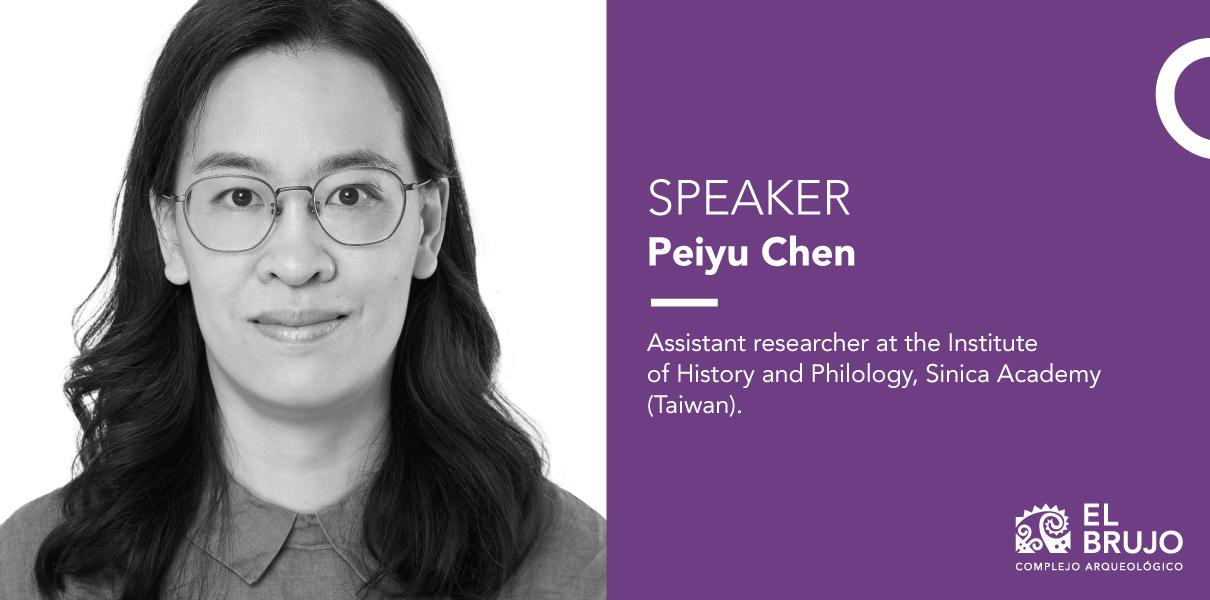
Researcher Chen mentioned that Huaca Negra has been recognized as a site from the Initial Period since the archaeological investigations carried out in the Virú Valley in 1946. However, she shared the conclusions that she came to as a result of excavations carried out in 2015. With this, she demonstrated a relatively complete occupational stratigraphy.
The speaker remarked that with the most recent data, we can revise the information that we have to date on Huaca Negra and its direct relationship with the Late Pre-Ceramic, putting into context that this huaca was occupied between 3250 and 1200 BCE. To achieve this, with new methodologies it is easier to illustrate a more detailed route of human occupations in different cultures.
“I think we need more data to refine the resolution, but the current work should be an encouraging step for future researchers. With more samples and more strategies, we can better demonstrate and we can improve our understanding about this period,” concluded researcher Peiyu Chen.
Michelle Koons: Moche Chronology: an evaluation of radiocarbon dates from North to South
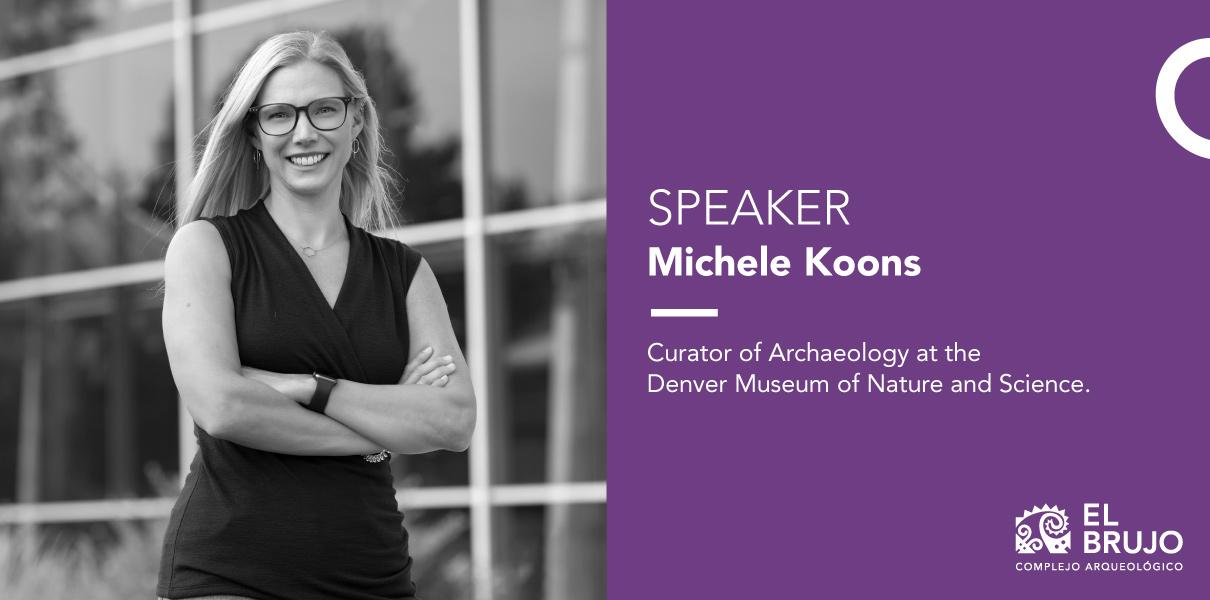
Doctor Koons presented on important aspects of what we currently know about Moche chronology, through all the radiocarbon dates that are currently known from this culture. In this part of her presentation, she presented evidence from discoveries at Alto Piura, Huaca Santa Rosa de Pucalá, and Jequetepeque, among others.
She asserted that the ultimate objective is to construct a Bayesian model that can be used to understand architecture, ceramics, and other material culture. For this purpose, these analyses will facilitate our understanding of how Moche culture changed over different periods, not only in artistic aspects but also in sociopolitical dynamics.
“With these chronological considerations, we can appreciate many things that we need to think more about. About why the majority of dates that we are seeing now are later than the 600s, now we have more and we need to understand it better than at the beginning,” concluded Doctor Koons.
Closing address and invitation to the upcoming sessions
Ingrid Claudet, general manager of the Wiese Foundation, closed the second day of the VIII International Archaeology Conference and thanked the presenters, moderators, and the people from around the world that connected to this event. She finished by inviting the participants to continue to attend the last day, which would address conclusions and projections toward the future of archaeological investigations and other transcendental themes in Peruvian culture
To do so, you can follow all of the presentations live or prerecorded on our Facebook channel.
Community , outstanding news


